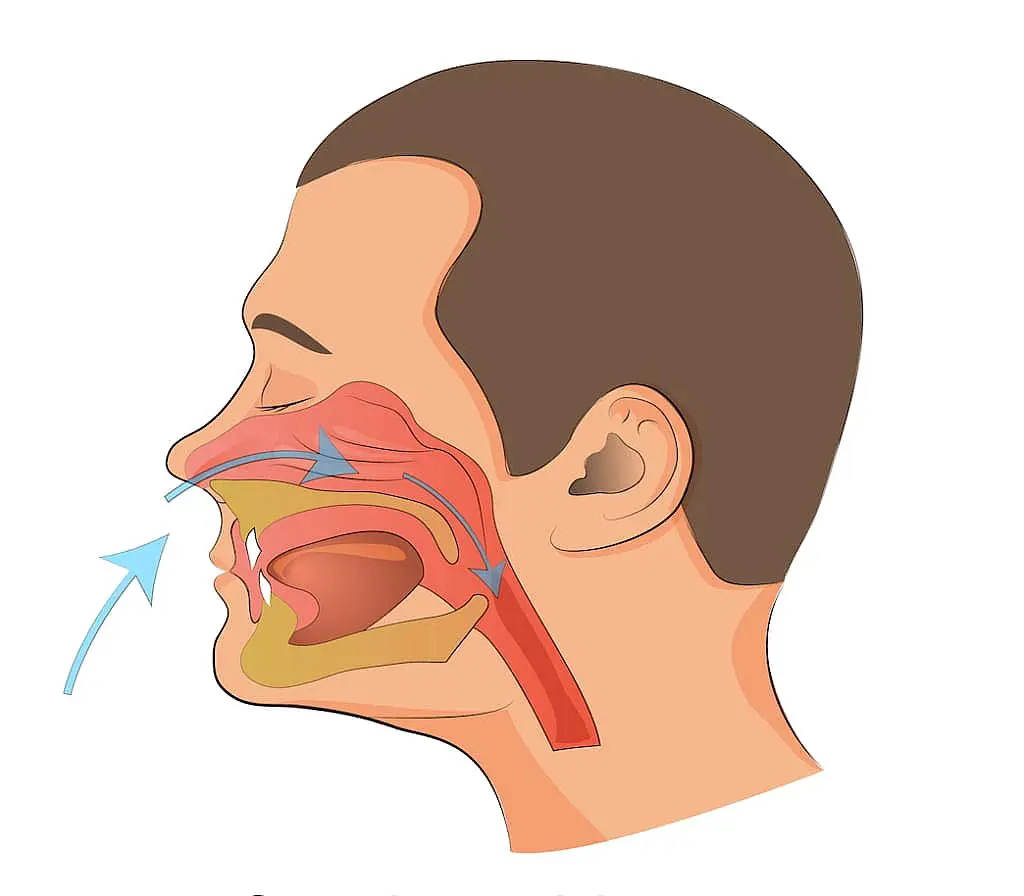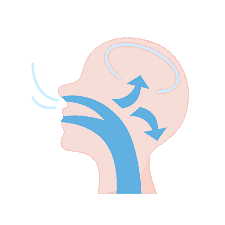Causes and Effects of Mouth Breathing

Causes of mouth breathing
Several factors contribute to mouth breathing. These include seasonal allergies (especially cedar fever), persistent nasal congestion, swollen tonsils, and sleep apnea. Many individuals often experience intensified symptoms due to the unique environmental factors and allergens in their area.

Mouth breathing affects overall health
Our respiratory health is especially sensitive to the impacts of mouth breathing. When nasal filtration is inadequate, some individuals may face a higher risk of respiratory infections, diminished oxygen uptake, and decreased breathing effectiveness.

Relationship between mouth breathing and dry mouth
Warm climate can intensify the impact of mouth breathing on saliva levels in the mouth. We often encounter patients dealing with xerostomia (dry mouth), which may result in several oral health issues if not addressed properly.

Connection between mouth breathing and sleep apnea
Mouth breathing and sleep apnea frequently happen concurrently, forming a cycle that adversely affects sleep quality and daily functioning. Many people observe enhancements in their sleep after tackling mouth breathing, underscoring the significance of addressing both problems for improved overall health and wellness.

Effects of mouth breathing on brain function and cognitive abilities (brain fog)
Breathing through the mouth can lead to cognitive challenges, with many individuals reporting issues such as decreased concentration and mental exhaustion. These difficulties can adversely affect daily tasks, highlighting the necessity of addressing mouth breathing to improve cognitive function and overall health.

Impact of mouth breathing on oral health and bad breath
At our clinic, we frequently encounter patients whose mouth breathing has led to dental issues and bad breath. The decreased saliva flow fosters an environment where harmful bacteria flourish, which can result in cavities and gum disease.
Health Risks Associated with Mouth Breathing
Mouth breathing, in both adults and children, elevates the likelihood of respiratory infections, including sinus infections, colds, and the flu. This occurs because mouth breathing skips the nasal cavity’s natural filtering system, enabling pathogens to enter the lungs more readily. Additionally, persistent mouth breathing can result in nasal congestion and blockage, further worsening the situation by making it harder to breathe through the nose.
The link between mouth breathing and lung health is troubling, as it can lead to respiratory issues over time. In young children, the effects of mouth breathing can be especially pronounced. Chronic mouth breathing in kids may cause abnormal facial and dental development, disrupted sleep quality, and behavioral challenges, highlighting the necessity of addressing this habit at an early stage.
Diagnosis and Treatment
At Happy Smiles Orthodontics, we utilize advanced diagnostic methods to detect mouth breathing patterns and their root causes. We create tailored treatment plans that may involve orthodontic solutions, breathing exercises, and collaboration with local specialists when needed.
Prevention and Management
Breathing exercises and methods to improve nasal breathing in children can be enhanced through various preventive and management strategies. First, making lifestyle changes such as adopting a balanced diet, staying well-hydrated, and participating in regular physical activity can reduce nasal congestion and support nasal breathing. Second, specific breathing techniques can be introduced to refine breathing habits.
These may involve diaphragmatic breathing, which encourages deep, effective breaths by utilizing the diaphragm rather than shallow chest breathing, along with simple activities designed to clear nasal passages. Teaching children the significance of nasal breathing for their overall health and raising awareness about proper breathing habits can also be very advantageous. By integrating lifestyle modifications with focused breathing exercises, a holistic approach can foster and maintain healthy nasal breathing practices in children.

Improving Your Breathing and Health with Airway Orthodontics
We use cutting-edge 3D imaging technology at our facility to assess airway structures and create comprehensive treatment plans. This innovative method enables us to tackle both breathing problems and orthodontic issues at the same time, delivering the best possible outcomes for our patients.

